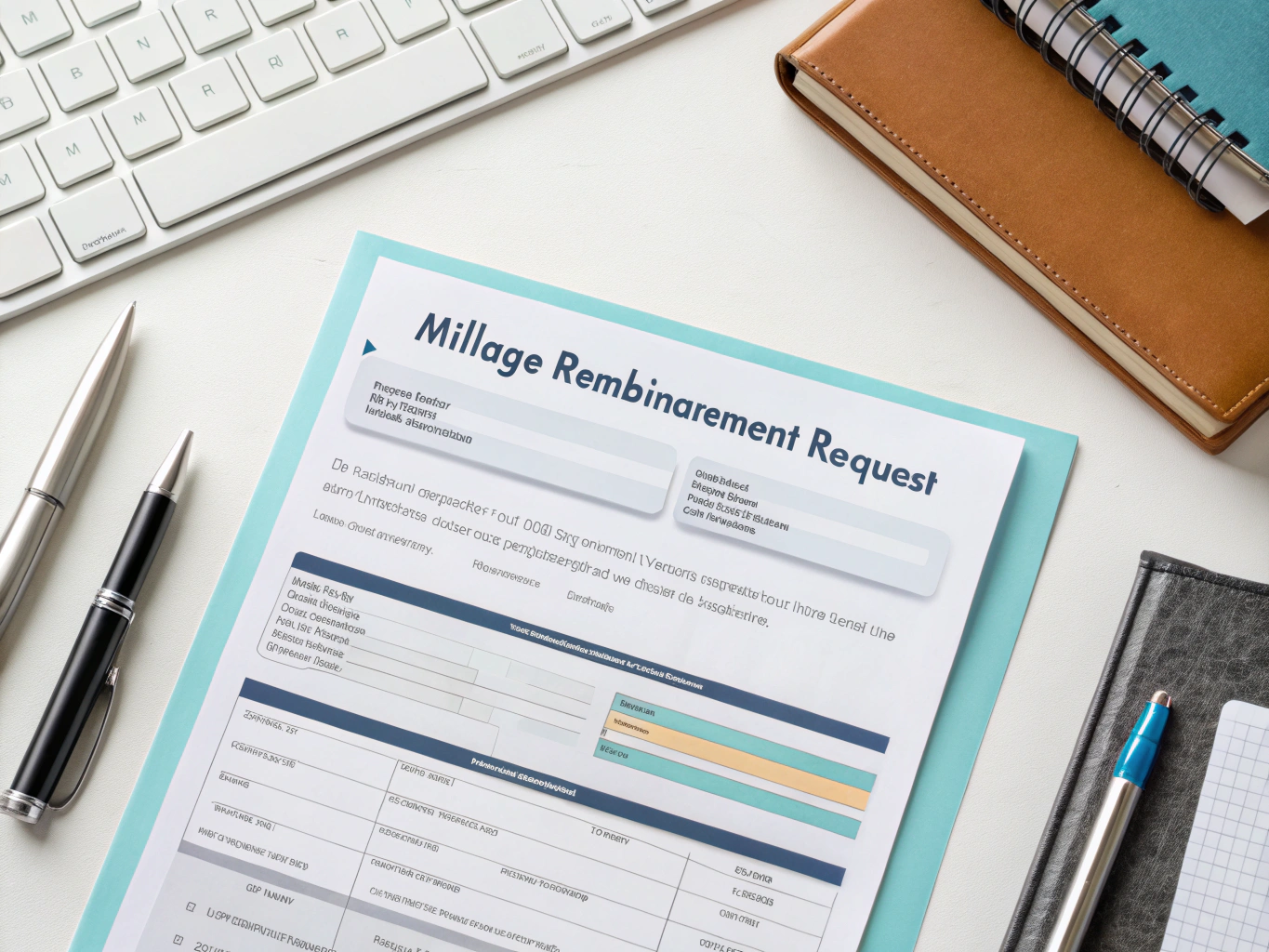What is a Notice Noncompliance Mandatory Vaccination Policy?
The Notice of Noncompliance with Mandatory Vaccination Policy is a formal document used by organizations to notify employees who have not adhered to the company’s vaccination requirements. This notice is crucial in maintaining workplace safety and ensuring compliance with health guidelines. It serves as a reminder and an opportunity for employees to rectify their noncompliance, thereby safeguarding the health of the entire workforce.
Template
Below is a template you can customize for your organization’s needs:
[Organization’s Name]
[Organization’s Address]
[City, State, ZIP Code]
[Date]
[Employee’s Name]
[Employee’s Position]
[Employee’s Department]
[Employee’s Address]
[City, State, ZIP Code]
Notice of Noncompliance with Mandatory Vaccination Policy
Dear [Employee’s Name],
This letter serves as a formal notification of your current noncompliance with [Organization’s Name]’s Mandatory Vaccination Policy, effective from [Date Policy Was Communicated]. Our records indicate that, as of [Current Date], we have not received your proof of vaccination against [Disease/Virus Name] nor a valid exemption request.
Policy Overview
To promote a safe and healthy work environment, [Organization’s Name] has established a Mandatory Vaccination Policy requiring all employees to be fully vaccinated against [Disease/Virus Name] by [Compliance Deadline Date]. This policy aims to protect our employees and the community.
Required Actions
To comply with the Mandatory Vaccination Policy, you must:
- Provide Proof of Vaccination: Submit your vaccination record by [Extended Deadline Date, if applicable].
- Submit an Exemption Request: If applicable, provide a completed exemption request form and supporting documentation by [Extended Deadline Date, if applicable].
Failure to comply by the specified deadline may result in:
- [Describe Immediate Consequences, e.g., temporary suspension without pay, access restrictions, etc.]
- [Describe Potential Long-term Consequences, e.g., disciplinary action, up to and including termination of employment]
Next Steps
Please address this noncompliance by [Extended Deadline Date, if applicable]. If you have already complied, submit your documentation to [Designated Contact Person/Department] at [Contact Information] as soon as possible.
If you have questions or need assistance, contact [Designated Contact Person/Department] at [Contact Information]. We are here to help you comply with this important policy.
Thank you for your prompt attention to this matter.
Sincerely,
[Your Name]
[Your Title]
[Organization’s Name]
[Contact Information]
Acknowledgment of Receipt
I, [Employee’s Name], acknowledge receipt of this Notice of Noncompliance with [Organization’s Name]’s Mandatory Vaccination Policy on [Date of Receipt].
Signature: ___________________________
Date: _______________________________
Purpose and Benefits
Using the Notice of Noncompliance with Mandatory Vaccination Policy helps ensure that your organization takes proactive steps to maintain a safe workplace. This form lays out clear expectations for employees regarding vaccination requirements and provides them an opportunity to rectify their status.
- Promotes Workplace Safety: By ensuring compliance, you help protect the health of all employees and reduce the risk of outbreaks.
- Clear Communication: This notice clarifies the organization’s stance on vaccination and outlines necessary actions for employees.
- Legal Protection: Documenting noncompliance protects your organization legally if further action is required.
- Encourages Accountability: The notice holds employees accountable for their health choices and compliance with company policies.
- Facilitates Resolution: By providing a structured process, the form helps employees address their noncompliance promptly.
Essential Components
To effectively communicate noncompliance, the notice should include the following elements:
- Organization Information: Clearly state the organization’s name and contact details for transparency.
- Employee Details: Include the employee’s name, position, and department to ensure the notice is personalized and clear.
- Policy Overview: Summarize the vaccination policy to remind the employee of their obligations.
- Required Actions: Specify the steps the employee must take to resolve their noncompliance.
- Consequences of Noncompliance: Detail the immediate and potential long-term consequences to emphasize seriousness.
- Acknowledgment Section: Provide an area for the employee to acknowledge receipt of the notice.
How to Use This Form
Implementing this form effectively requires careful consideration and clear communication. Here’s how to use it correctly:
- Review the Policy: Ensure that the Mandatory Vaccination Policy is clearly communicated and accessible to all employees.
- Check Records: Verify the employee’s vaccination status before issuing a notice to ensure accuracy.
- Consult Legal Advisors: Before sending the notice, consult with your HR department and legal team to ensure compliance with applicable laws.
- Follow Up: After issuing the notice, follow up with the employee to encourage compliance and answer any questions.
- Document Everything: Keep records of all communications regarding noncompliance for future reference and potential legal needs.
Legal and Compliance Considerations
When dealing with vaccination policies, it’s essential to stay informed about relevant laws and regulations. Ensure that your policies comply with local labor laws, health regulations, and any applicable federal mandates. Document all communications and decisions regarding vaccination compliance to protect the organization from legal challenges.
Best Practices
To maximize the effectiveness of this notice, consider these best practices:
- Regularly Update Policies: Keep vaccination policies current based on evolving health guidelines and legal requirements.
- Provide Resources: Offer employees access to information about vaccination benefits and available vaccines to reduce hesitancy.
- Encourage Open Dialogue: Create an environment where employees feel comfortable discussing their concerns about vaccinations.
- Implement Supportive Measures: Consider incentives for vaccination, such as bonuses or paid time off, to encourage compliance.




